Last Updated on June 24, 2019 by PowersToTravel
Arriving at the outskirts of Durrës, we paused in traffic next to the train, which also idled at the train station. It was covered in graffiti and looked more like a NY City subway car than an intra-city commuter train. We remarked on its appearance, and Kledi laughed at us and said that most Albanians wouldn’t be caught dead in a train. Are they dangerous? No. Any self-respecting Albanian who needed to get from here to there would go by vehicle. To go by train would be the same as admitting that he couldn’t afford any better than the 75 cents it cost to travel from Durres to Tirana. Only farmers took trains. Why farmers, I’m not quite sure. People seemed to have no issues with taking the little jitney buses that ran routes from town to town. We would see them at the side of the road, dropping off or picking up a huge number of passengers, considering their apparent size. Those people didn’t seem to mind admitting they didn’t have a car. Strange.
In any case, I was glad we had not depended on Albanian mass transit for our trip. I did have a strange desire, though, to go from one town to another in one of the little mini-buses.
Back to Durres…
Durres is a large busy town, with many new buildings erected since the end of Communism. The new college building was designed to impress. We parked near the port / promenade and strolled back to the Roman Amphitheater, alongside the great city walls. I had read reviews of the Roman ruins, and some people had been disappointed to find them in the midst of the town. It is true that a portion of the town was previously built right on top of the ruins, and that the ruins are partially excavated, but the environs in no way took away from the experience, in my opinion.
The amphitheater was a full-sized “lions and tigers and bears” style arena. We walked over to the barrier and looked down into the pit where the tigers were caged in the Roman times, and strolled through the tunnels where the gladiators once strode.
Under a part of the ruins, a Byzantine chapel had been built out of some of the rubble, in the 5th century AD. There are still frescos there, but they are not in very good condition.
We left the ruins and headed out to the waterfront promenade. It was around 11am and it was deserted. I’m sure that during the summer it was hopping, but for us it was just an empty waterfront. There was a great statue of a Freedom Fighter, and certainly a lot of high-rise construction.
I had seen a posting by a disappointed tourist who said the beach was terrible. Indeed, it was chock-full of seaweed, and there was certainly nowhere I would want to put a toe. However, to my understanding, the beaches south of town were good.
Related Links
Seat61.com Interesting train information to and within Albania
Check out this article of mine too:
Albania Travel Blog – Itinerary, Impressions and Diabetic Travel Tips

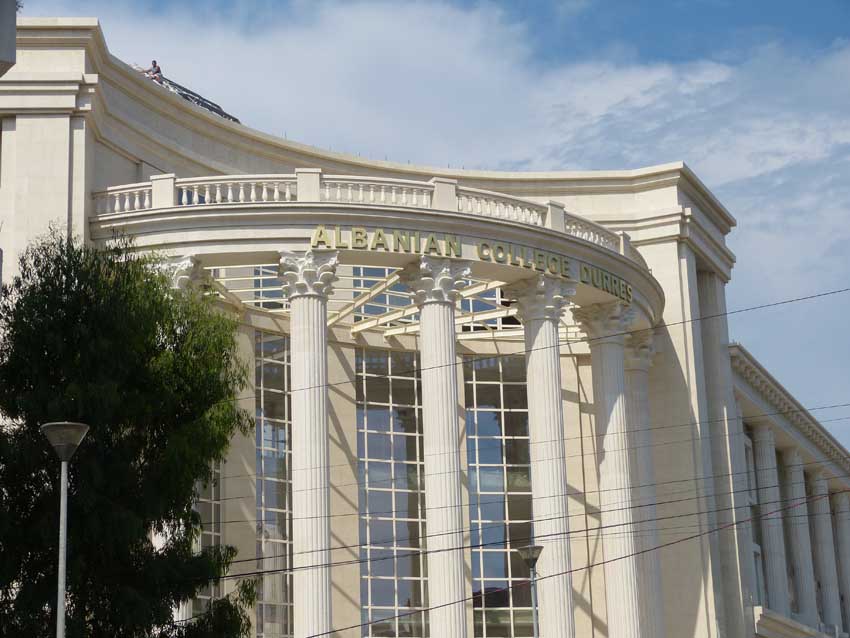
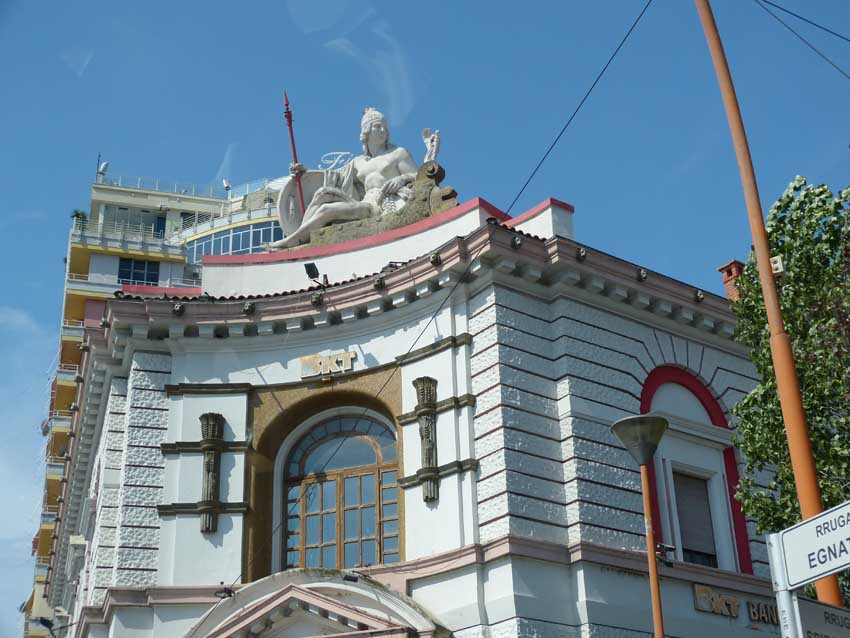
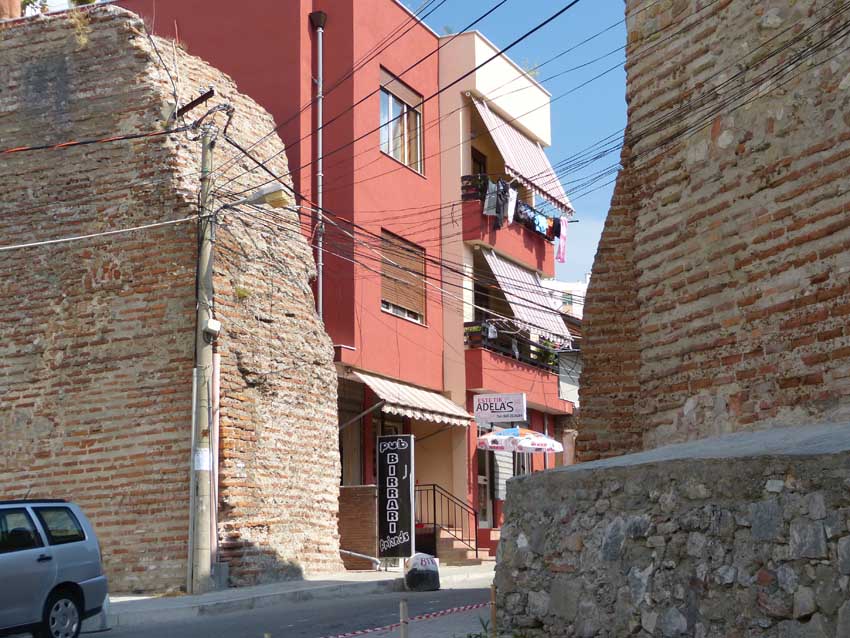
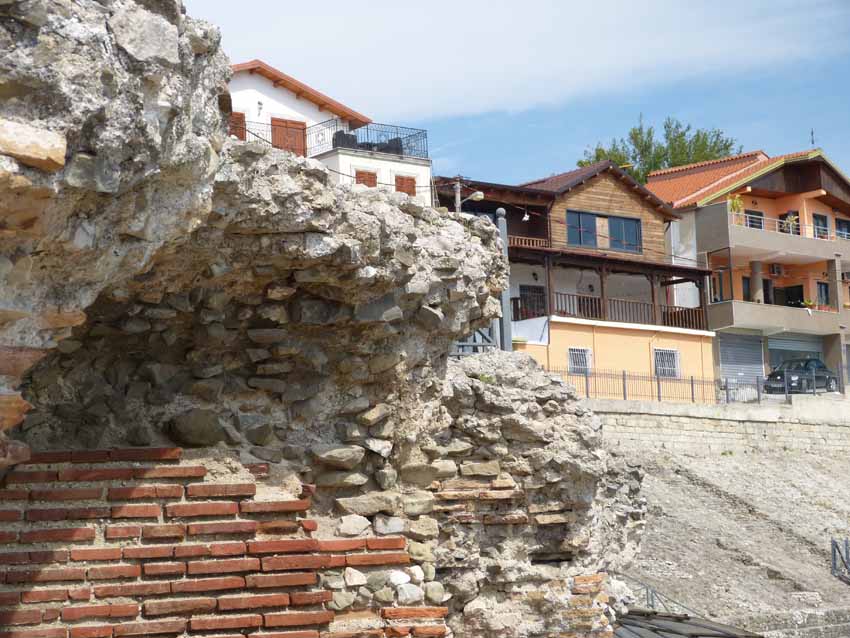
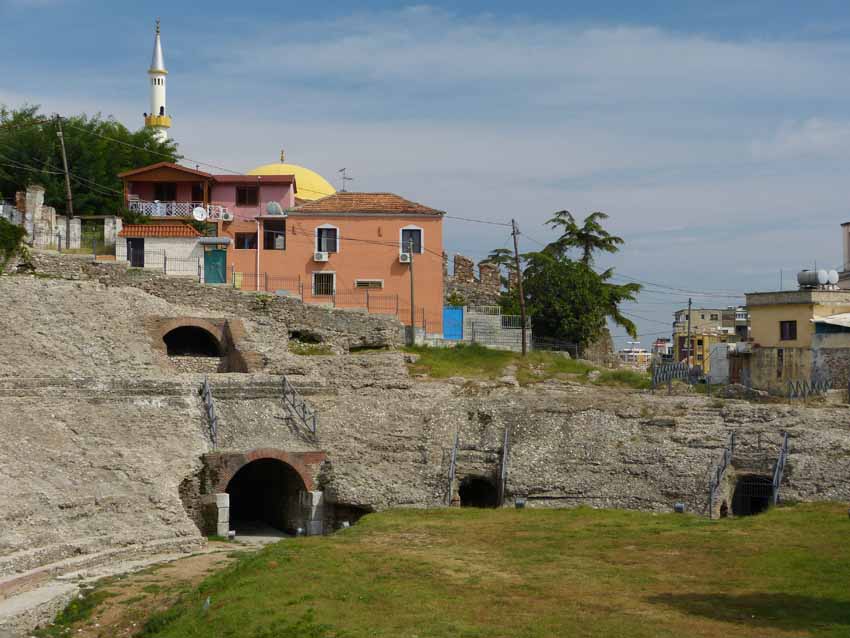
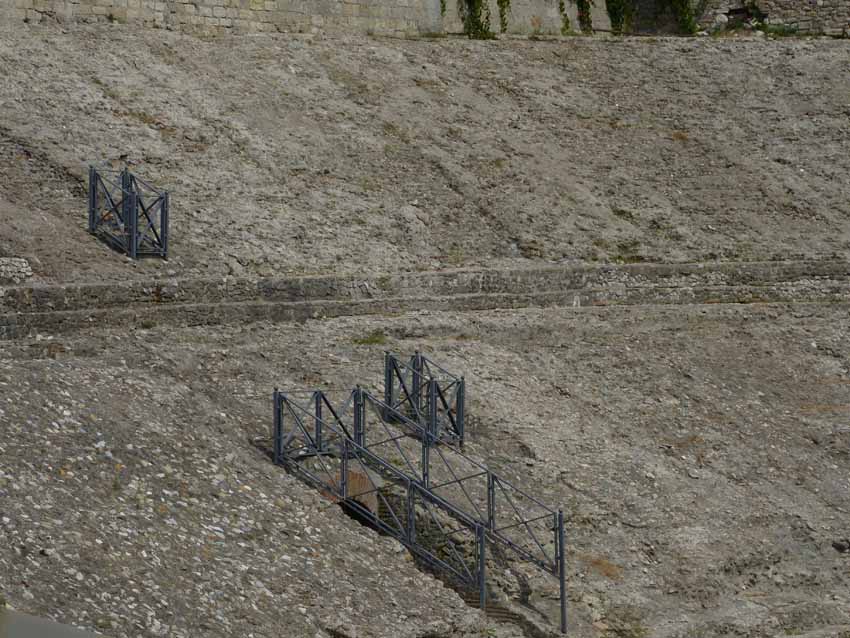

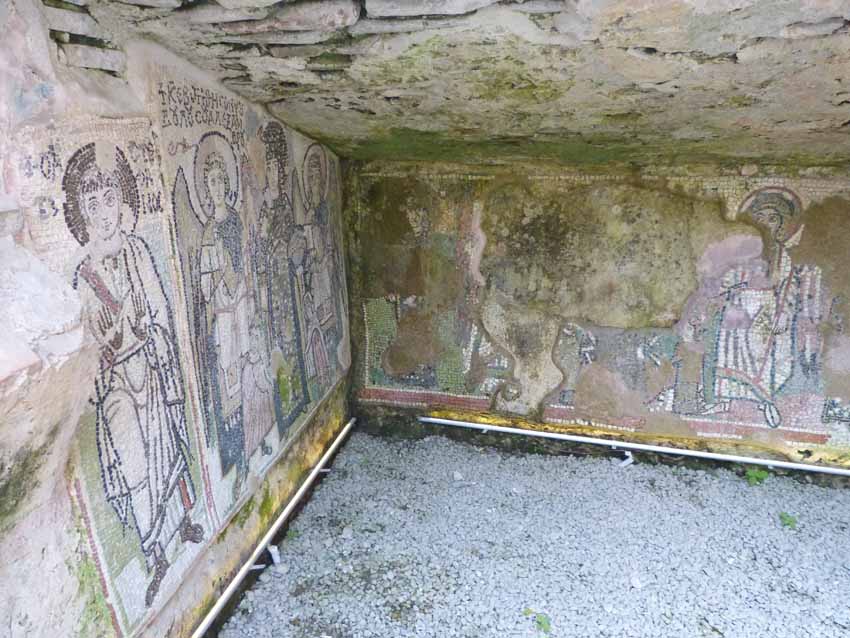
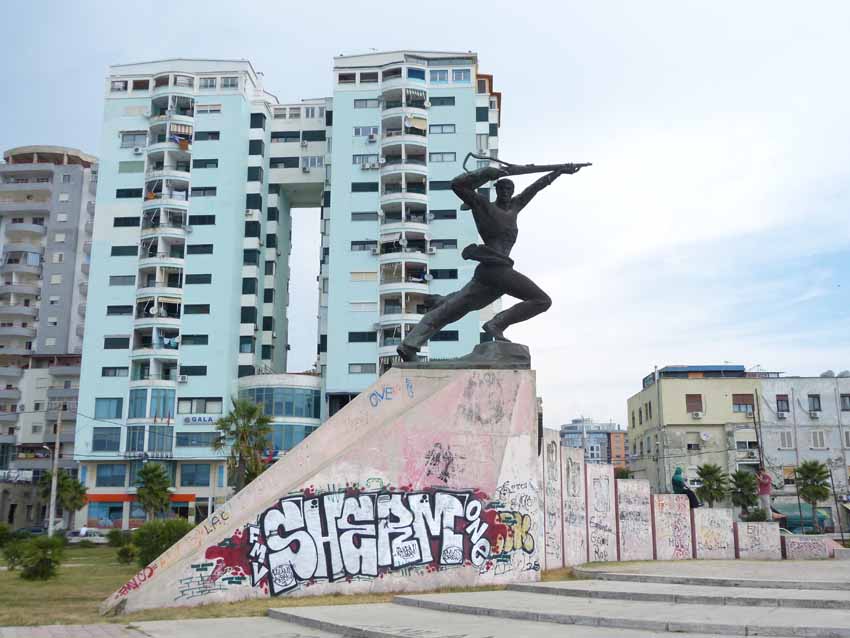
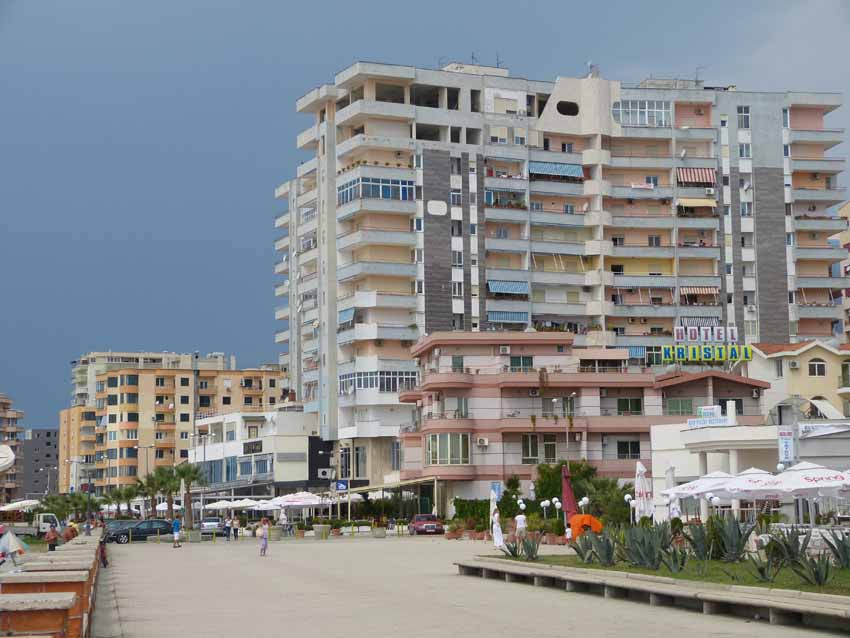
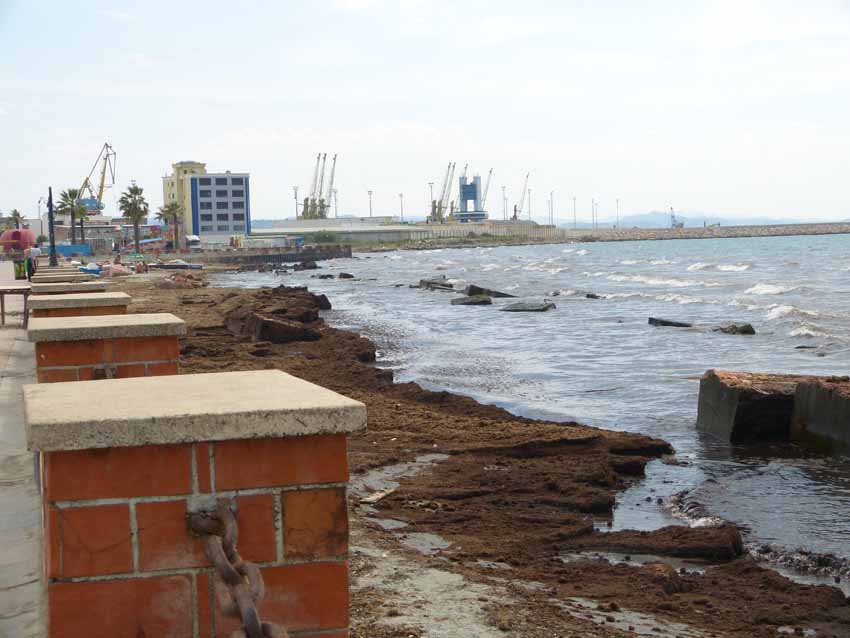
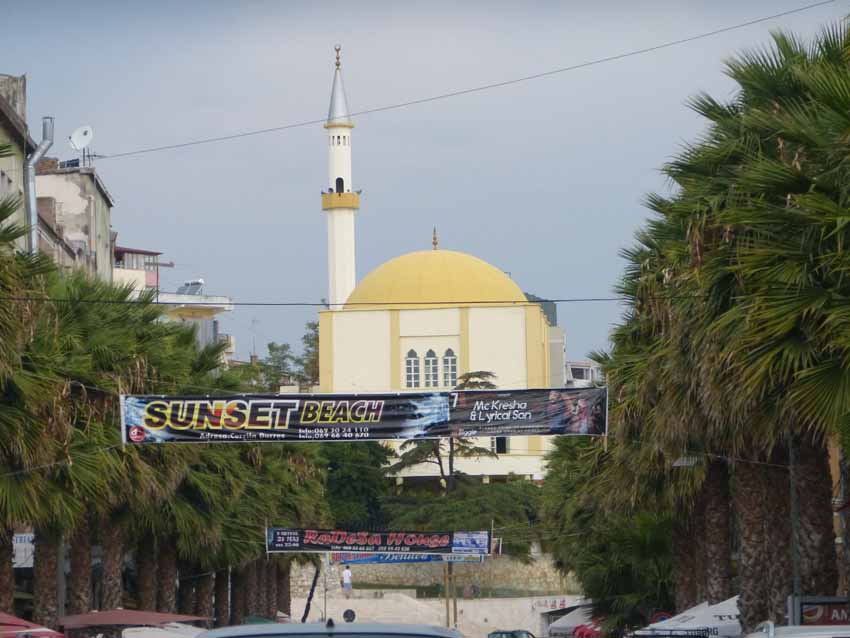
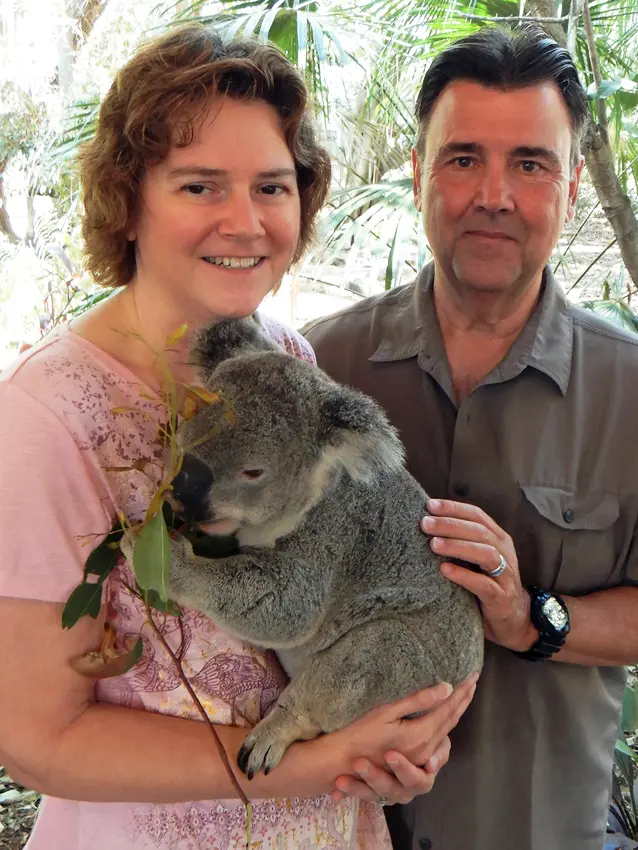
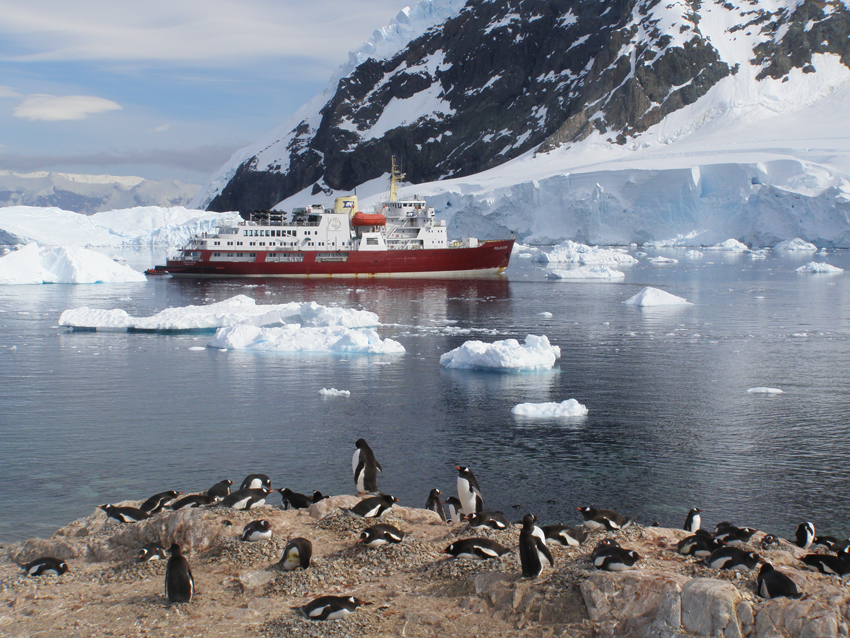
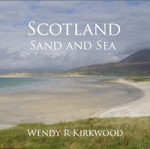

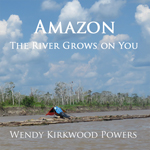
Thanks for the views of the city and the influence of the Roman past. Are there also visual signs of their more recent Russian history?
Interesting question. We saw abandoned Russian MIGS (fighter jets) at an old airfield, abandoned since Albania no longer has an air force, and the remains of a sub-base. Otherwise, there are few visual signs of Russian history because Albania was never annexed by Russia. The Albanian Communist dictator Enver Hoxha was Albanian, and was very nationalistic. He fought strongly against outside influences and was an isolationist. Albania was originally aligned with Russia after WWII, however later broke off relations with Russia and established relations with China. As China pushed harder, they then broke off relations with China.
It might be historically more correct to use the term Soviet Union instead of Russia.
But as you write the communist regime in Albania started off by being friends with the Soviet leadership (after ditching friendship with Tito in Yugoslavia) and switched to China when the leaders in the Kremlin chose a more reformist version of socialism.
You are correct re: my mis-use of the name Russia. I was interested in your comment about why Albania broke off with the Soviets. Our guide had so much to tell us, and if I had taken notes during the walking tours I would have walked in front of a vehicle! Do you know why they ultimately broke off relations with the Chinese?
In fact the Hoxha-regime broke off with Communist-China after China had started to get more friendly with the US. President Nixon visited China in 1972 and after that Albania saw China as not being true to the marxist-leninist learnings. The relations worsened after Mao Zedongs death in 1976 and in 1978 the split was irreversible and Albania stood alone.